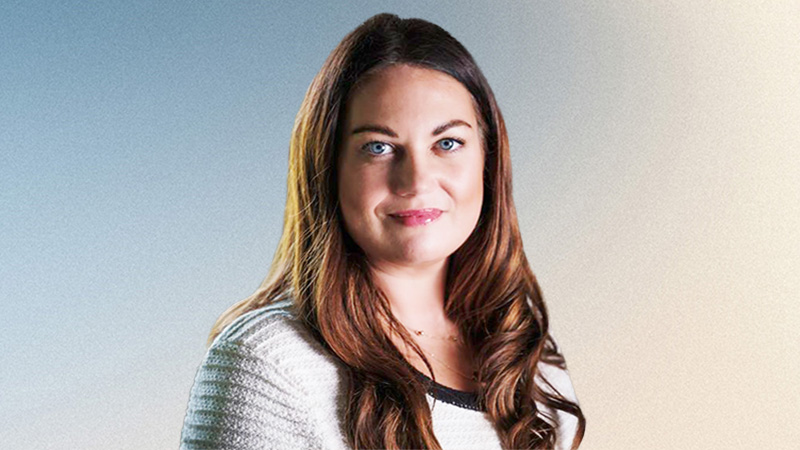While Bellamy insists Waverton is “absolutely wedded” to active management, it makes sense that the wealth manager would take an “active” decision to explore passive funds as well. For example, it uses two factor funds for its exposure to US equities.
A small portion of passive exposure is also held in other geographies, giving the team the option of moving quickly should macro events trigger swift market movements. For example, Bellamy says the team acted quickly following the outcome of the UK’s EU referendum vote in June.
“As soon as the markets opened at 8am we added money to the UK and moved money from Europe to the FTSE 100 because we wanted large-cap exposure for the currency. We couldn’t have moved that fast in active funds,” he says.
“It was a lesson we learned in 2008-9. You have to have a part of your portfolio that you can take out or put in instantaneously rather than on an intraday basis.”
Some of the active managers the team has stuck with include James Hanbury at Odey Asset Management, Julie Dean at Sanditon Asset Management and Edward Lam at Somerset Capital Management.
Bellamy describes his current stance as modestly risk-on, although he prefers to use the term “controlled risk”. “We want to participate, but with caution. We were moderately underweight equities but we’ve allowed markets to rise and we have not cut back,” he says.
The team has added to gold, while also increasing cash levels and adopting a longer duration within fixed income.
“Our protection strategy has the dial turned up higher than it has been for some while: it’s seven out of 10 rather than three out of 10,” he says.
“Yes, we are slightly overweight equity and we understand that risk, but if something goes wrong I don’t want any nasty surprises from other parts of the portfolio, while also having some cash to spend.
“There is no point in having a sell-off if there is no dry powder left to make the most of it when it happens.”
From a personal perspective, he adds: “I used to think that a lower-for-longer scenario would be better for markets because equities would look optically cheap against other asset classes.
“However, I can see now that if rates do move then, because they are so data-dependent and moving on the basis of a stronger economy, that may not be negative either.
“The outlook may be rosier than it has been for a while despite being seven years into a bull market. It is not the time to be betting the house but it is not the time to be taking all the chips off the table, either.”
Entrepreneurial spirit
Looking ahead, Waverton will reap the rewards from recent additions to the business, including the appointment of Andrew Fleming, chief executive officer, who joined from Kames Capital in July 2015.
Two years ago, the firm also launched its multi-manager Cautious Income Fund, run by Bellamy and James Mee. This aims to give more investors access to its ideas, and the firm is open to further launches should the IFA community demand it.
“There is a change in the dynamics of the relationship between the IFA and the discretionary manager, who used to be the lead in the relationship, or at least thought they were,” Bellamy says.
“It is quite clear from this new dynamic in the industry that the IFAs and clients are the ones with the power and we are service or product providers to them.
“We recognised that early and are looking to build our business through partnership programmes with IFAs, either offering models on platforms or possibly unbundling our models or offering consulting.
“We see ourselves as being entrepreneurial and ‘can do’ in the space. We are having discussions with a number of IFAs at the moment who all want something slightly different and we are engaging with them to see how we can use the broad key strengths of Waverton to help.
“It is one of the few real growth areas in the industry at the moment.”










